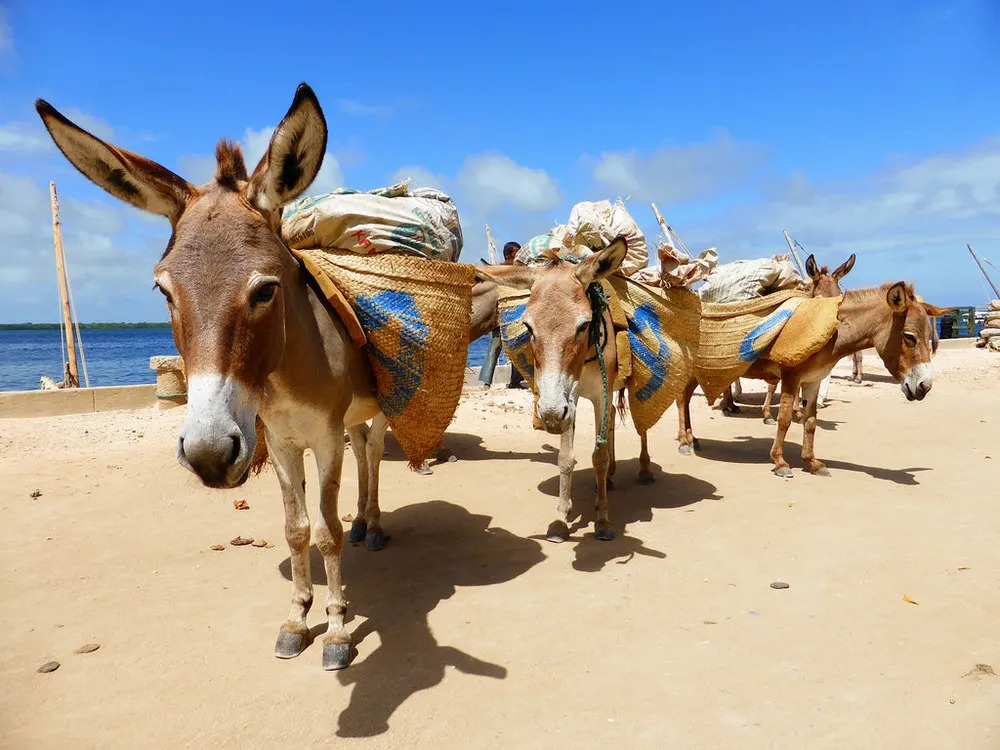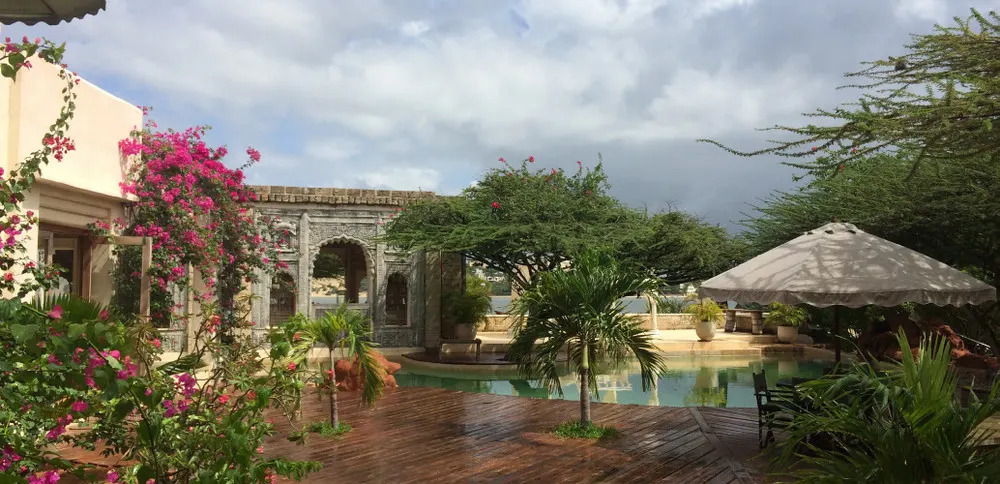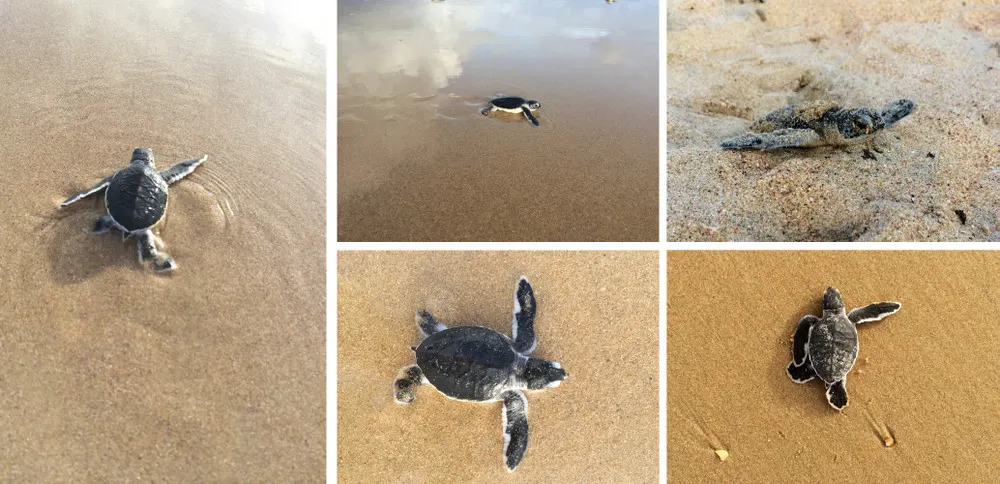Of Turtles, Donkeys & Crabs
16 September 2015 | East Africa Travel | Steve Mitchell

Disembarking off a small bush plane, one is literally hit in the face by the warm, humid air so typical of Kenya’s Swahili coast. Nothing could’ve said “Welcome to island life” any better.
Such is the experience that awaits you on arrival at Lamu’s Manda Airport – surely the only airport in the world with no taxis queuing up outside the arrivals hall? That’s because there are no cars on Lamu – your luggage is transferred from the airport by a waiting cart, and the most popular means of getting around is on the back of a donkey.
A former jewel in Kenya’s tourism crown, Lamu has suffered much in recent times due to various terrorist attacks in the region and its relative proximity to the Somali border. But it still retains much of its charm, its gentle way of life and the white sand beaches here remain as beautiful as ever. All the more reason to visit and test the waters ourselves (and a welcome respite from the mud, mayhem and magnificence of opening Angama Mara).
We were fortunate to stay at the Majlis Resort on the beach and beautifully appointed with art so typical of the local Swahili style. Right next-door was Matonga House, a private villa that must surely be one of the finest on the entire Kenyan coast. But perhaps our most enjoyable times were spent at the legendary Peponi Hotel. Owner-run by Carol Korschen it is still the place in town, and home to the most delicious crab I have ever eaten.

Shela Beach, Lamu
Through Peponi’s joint venture with the Tusk Trust, we were lucky to join an expedition with the Lamu Marine Conservation Project in search of turtle eggs ready for hatching. On nearby Zanzibar’s Mnemba Island, I had previously watched in awe, at midnight, as a turtle meticulously dug a hole, laid her eggs, and proceeded to cover them up (all only with the use of its flippers – a feat in itself). That was an elaborate and lengthy affair, and the afternoon spent on Lamu beach, just a 15 minute walk from Peponi, showed the results of all of that hard work: baby turtles breaking out of their eggs, slowly discovering the world, finding their bearings, and making a beeline for the relative safety of the ocean. Watching nature take its course, it was hard to fathom that only 1% of baby turtles are estimated to survive until adulthood.
Walking the narrow streets of Lamu, it’s clear that the citizens feel there has been an injustice of sorts – the media hype of insecurity far disconnected from the laidback day-to-day life on the islands. Tourists are dearly missed: ‘asante sana’ they all said as we passed in the street, noticeably appreciative of the much needed dollars which we spent. With a proposed deep-water port in the works up the coast, and a tourism sector slowly recovering, the next 5 years certainly look more promising than the last.
If – no when – you do visit please don’t forget to try the crab.





